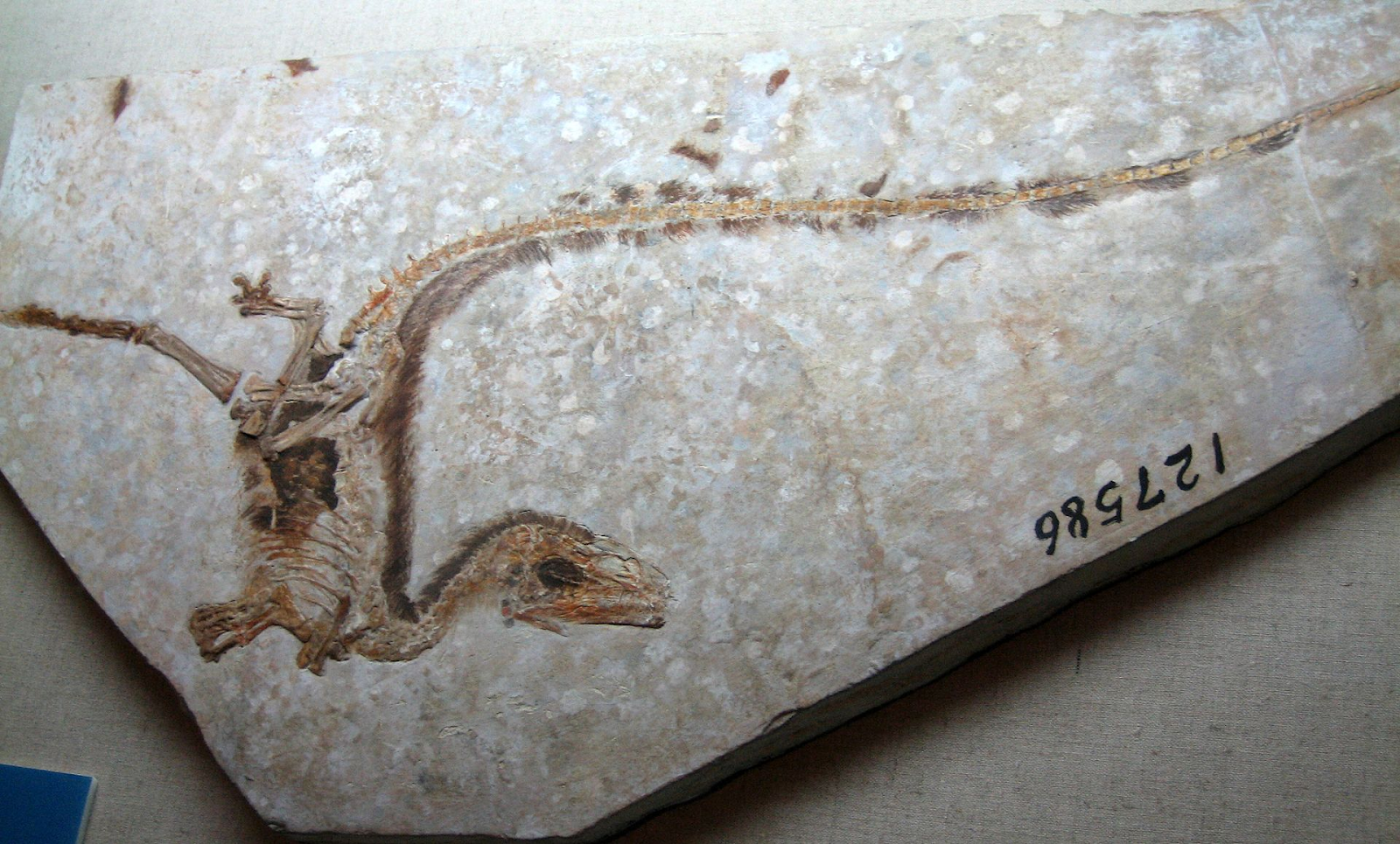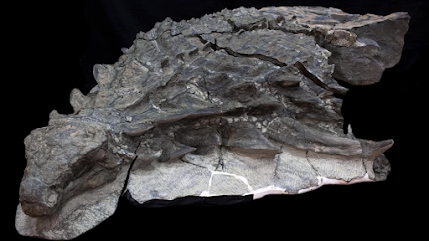Fossil Friday #8 - Sinosauropteryx

One of the most common misconceptions about dinosaurs is that there is no way of knowing what colour they were. This relates to the belief that the only evidence we have of prehistoric life is from fossilised bones. Neither of these statements is true, and one dinosaur in particular that highlights this is the rather iconic Sinosauropteryx prima . Hailing from the Yixian formation in China, a site famous for its exceptionally preserved Early Cretaceous dinosaurs, the first specimen was discovered in 1996 by amateur palaeontologist, Li Yumin, and sold to the National Geological Museum in Beijing. When images of the specimen had reached the United States, many Palaeontologists were excited by its discovery, including Dr John Ostrom, the man who arguably started the Dinosaur Renaissance in the 1960s with the discovery of Deinonychus antirrhopus (Chen et al, 1998). Looking at the holotype specimen, it is easy to see why this discovery caused so much excitement. Not only was Sinosauropteryx
